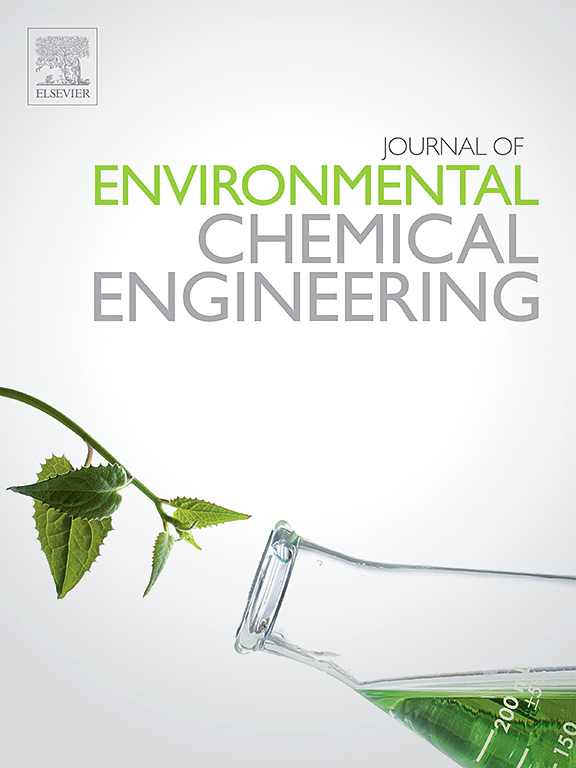Advances in wearable nanomaterial-based sensors for environmental and health monitoring: A comprehensive review
IF 7.4
2区 工程技术
Q1 ENGINEERING, CHEMICAL
引用次数: 0
Abstract
This review article provides a thorough summary of wearable nanomaterial-based environmental sensing and health monitoring technologies. A wide variety of flexible sensors are examined, such as self-powered healthcare monitoring systems and electronic skin-based sensors for temperature, pressure, strain, humidity, and gas detection. The design, operation, and particular uses of these sensors in environmental sensing and health monitoring are examined in this study. The incorporation of nanomaterials greatly improves their performance, sensitivity, and flexibility, allowing for real-time monitoring in a variety of settings. We also discuss the limitations and difficulties that currently exist in the creation and application of these sensors, emphasising viable fixes and future lines of investigation. Our analysis highlights how nanomaterials are revolutionising flexible sensor technologies and opening up new avenues for creative applications in personalised healthcare and environmental management.
求助全文
约1分钟内获得全文
求助全文
来源期刊

Journal of Environmental Chemical Engineering
Environmental Science-Pollution
CiteScore
11.40
自引率
6.50%
发文量
2017
审稿时长
27 days
期刊介绍:
The Journal of Environmental Chemical Engineering (JECE) serves as a platform for the dissemination of original and innovative research focusing on the advancement of environmentally-friendly, sustainable technologies. JECE emphasizes the transition towards a carbon-neutral circular economy and a self-sufficient bio-based economy. Topics covered include soil, water, wastewater, and air decontamination; pollution monitoring, prevention, and control; advanced analytics, sensors, impact and risk assessment methodologies in environmental chemical engineering; resource recovery (water, nutrients, materials, energy); industrial ecology; valorization of waste streams; waste management (including e-waste); climate-water-energy-food nexus; novel materials for environmental, chemical, and energy applications; sustainability and environmental safety; water digitalization, water data science, and machine learning; process integration and intensification; recent developments in green chemistry for synthesis, catalysis, and energy; and original research on contaminants of emerging concern, persistent chemicals, and priority substances, including microplastics, nanoplastics, nanomaterials, micropollutants, antimicrobial resistance genes, and emerging pathogens (viruses, bacteria, parasites) of environmental significance.
 求助内容:
求助内容: 应助结果提醒方式:
应助结果提醒方式:


